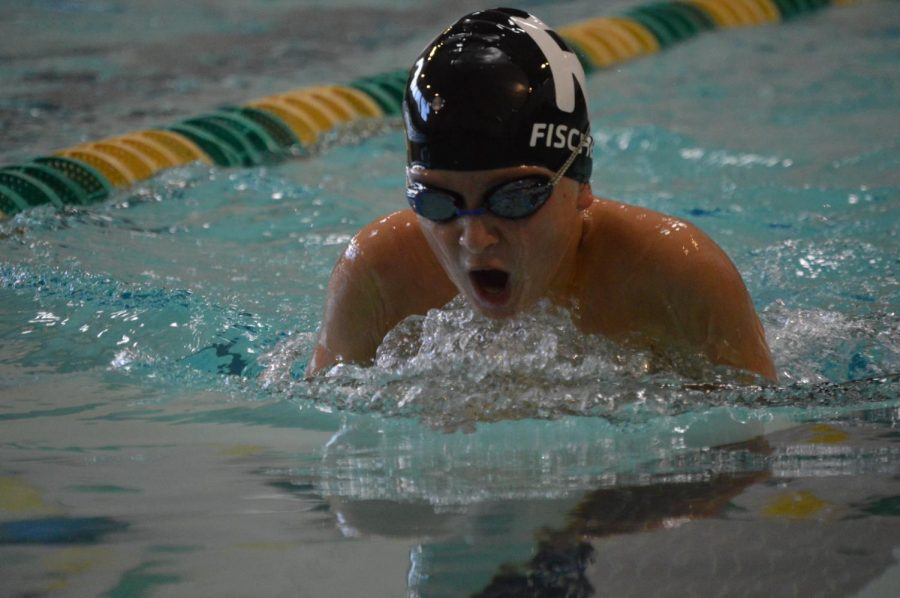An Unrecognized Sport
October 18, 2018
Swimming is arguably one of, or the most grueling sports out there. When I say swimming, I don’t mean swimming around having fun during the summer, I mean all year round, a 12 hour or more a week commitment. Most people don’t know what competitive swimming entails, or even what it is, so read on, as this article explains the details of the day to day life of a swimmer, and everything necessary to succeed..
There are varying commitments to swimming, some as short as four weeks, others the whole year, all with varying levels of intensity and competition. Swimmers have frequent practices, sometimes up to nine or ten days a week, with dryland, a workout before or after practice. I practice six days a week, with three days dryland. Swimming also requires commitment and sacrifice, as you can’t just get your feet wet, you have to go all in. Innovative coach, Wayne Goldsmith explains how swimmers have a choice, “Everyday, you’re presented with choices: To do things the quick, low effort, ‘easy’ way or to do things the often more difficult, challenging ‘hard way’-which is usually the right way.” If swimmers don’t put their all into practices and workouts, they won’t see results at meets.
Some people don’t even consider swimming as a sport, saying that it is too easy, but they are clearly mistaken. Swimming is arguably one of the hardest sports, though it is hard to determine for sure, because each sport requires different muscle groups, and different skills. The Top Tens List ranks swimming as the second most physically demanding sport, only after motocross. This is because of the endurance and power it takes to go across distance with a force of resistance. The distance is the pool, and the resistance is from water. Another factor is the fact that swimming is an individual team sport. In other words, swimmers are on a team, but it is up to them to swim fast. There are no teammates to help people on off days, only themselves.
Another part of swimming are the meets. Imagine waiting hours, just to swim for a total of a few minutes. That’s pretty much a description of swim meets. Although the races are usually short, swimmers train countless hours to swim a hundredth of a second faster.
Despite all of the challenging parts of swimming, there are also physical, mental, and social benefits. By age 14 or 15, swimmers will usually know and are friendly with the whole team, resulting in another friend group, likely the one they will be close with. Teammates help push each other to their limits, and are a huge benefactor to doing well. After all, nothing creates bonds like throwing yourself in a pool with the same people, day after day. Swimming also creates mental strength, such as knowing you have nothing left, but to keep going as hard as you can. It creates an ideal that you have no limits, and if you keep pushing yourself, you can achieve any goal you put your mind to. Also, swimming uses so many muscle groups, it’s hard not to have large amounts of strength even as early as high school.
Swimming is a very hard sport, but also a very rewarding one, once someone keeps with it. Like in all sports, commitment, perseverance, and effort are absolutely necessary if one strives to succeed. Sports help people in life, because they teach them first-hand the qualities that will help them succeed. Without hard work and perseverance, very few people would be where they are today, because very people can rely on talent alone.

